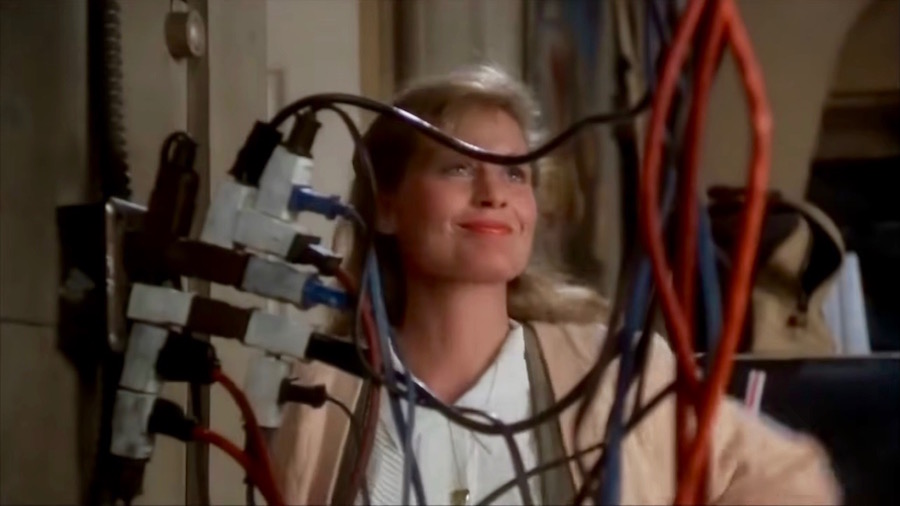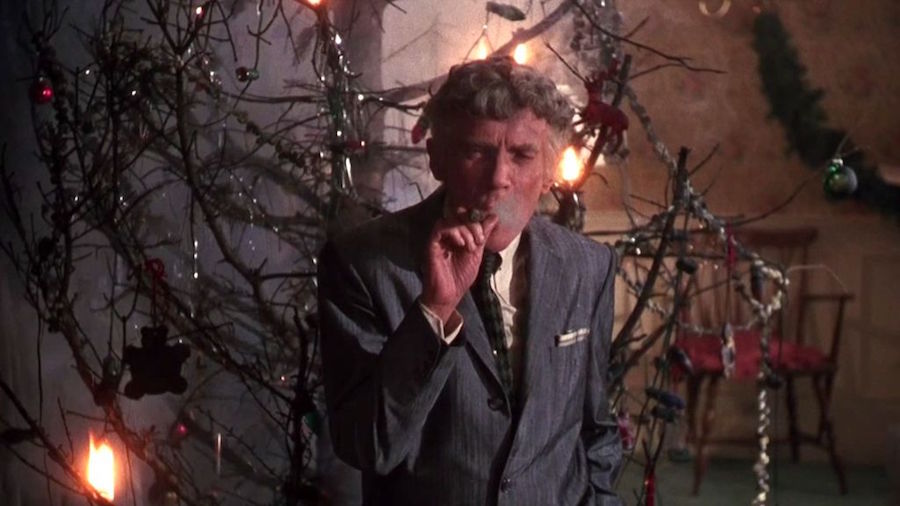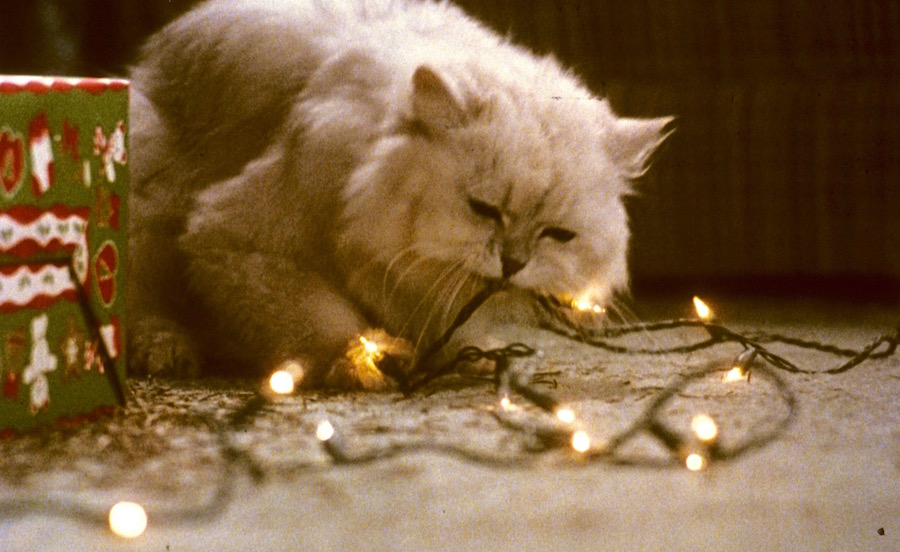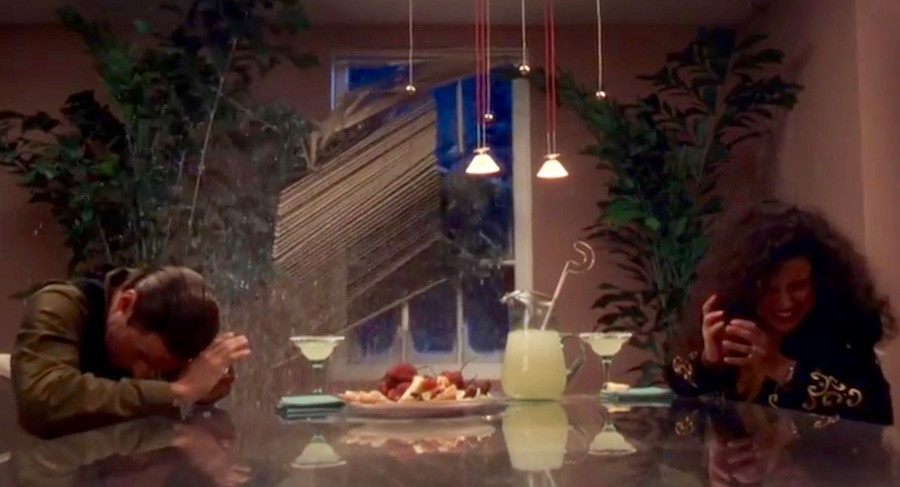
images: courtesy of Warner Bros.
The Holiday season is upon us, and households throughout BC are getting ready to decorate, or have already adorned their homes with lights and assorted ornamental wares. But for all of the festive beauty, there are some inherent risks to the safety of your home, its occupants, guests, and even neighbors. In the true spirit of the season, we are using National Lampoon’s classic Christmas Vacation as inspiration. Please consider the Griswold’s mishaps so that your Holidays are far more merry, than humbug.
6 Tips to Making Sure Your Holiday Season Decor Does Not Increase Your Home’s Risk of Fire, Damage, Injury, and Liability
1. Don’t Let Lights and Installations Strain Electrical Resources

Fires caused by overheated electrical outlets are a common occurrence during the Holidays. Consider switching to battery-operated LED lighting for lights inside of the home, and at the very least use top-of-the-line (not from the local dollar store) surge protectors for plugged-in lights. In addition, minimize the number of connections between strings of lights as that creates vulnerabilities for fire-inducing sparks, especially outdoors when rain, sleet, and snow can creep in between poorly connected cables.
2. Use Heat-Free Lighting
Electrical surges from lights are one concern, but so is the heat which emanates from the individual bulbs. Most households no longer use incandescent lights, which has reduced the instances of related fires very significantly. That said, some LED systems still produce heat, and when left unattended for too long can heat flammable materials to the point of flame or outright combustion. Avoid incandescents, and check your LED lights after they’ve been on for about 3-hours. If they are fairly warm, consider switching to a different brand that advertises the fact that they remain cool to the touch. And in all cases, do keep flammable materials (curtains, etc.) away from the lights as any malfunction can create a spark and subsequent fire.
3. Keep Decor Away from Household Heaters

You may (or may not) be able to keep your cigar smoking uncle away from the tree and other flammable decor, but you may not have considered the heaters in your home. Trees, garland, and any other flammable materials should be kept at least 3-feet away from your household’s heaters.
4. Decorate, But Don’t Create Obstacles
Slips,trips, and falls come from a lot more than snow and ice during the Holidays. These risks are also present when decorations are placed on or near pathways and staircases in and outside of your home. Keep all lights, wires, cables, ground-decor, and other related installations away from everyday foot traffic. The same goes for ornamentations that hang from above, as they can cause a bump on the head.
5. Decorating Threats to Your Dependents

Small children and pets in your household have unique vulnerabilities in a heartily decorated home. Colorful lights and ornaments look like delectable snacks to their innocent eyes and hungry tummies. To prevent lacerations, electrical shocks, and even poisoning, keep lightbulbs along with glass ornaments at least four feet high and out of their prying paws and gnawing teeth. In addition, ensure that these decorative items are properly secured to the walls, mantles, and tree branches so that they don’t easily fall when tugged. For added preparedness, please reference out guide to Poison Prevention for Your Household’s Kids and Pets.
6. Don’t Impede Upon Your Neighbours

Ensure that your home exterior Holiday decor does not put neighbouring properties at risk of fire and damage too. Lights should not extend over shared branches, and lawn installations must be securely fastened so that they don’t blow over on o a neighbour’s property or through their window during winter wind storms. Failure to show that you’ve gone above and beyond to protect them can cost you your Holiday bonus, in claims court.
Contact Park Insurance today to receive a review of your homeowners insurance policy to ensure that you have the best protection possible against injury, damage, and liability claims.
Other Articles You May be Interested In: